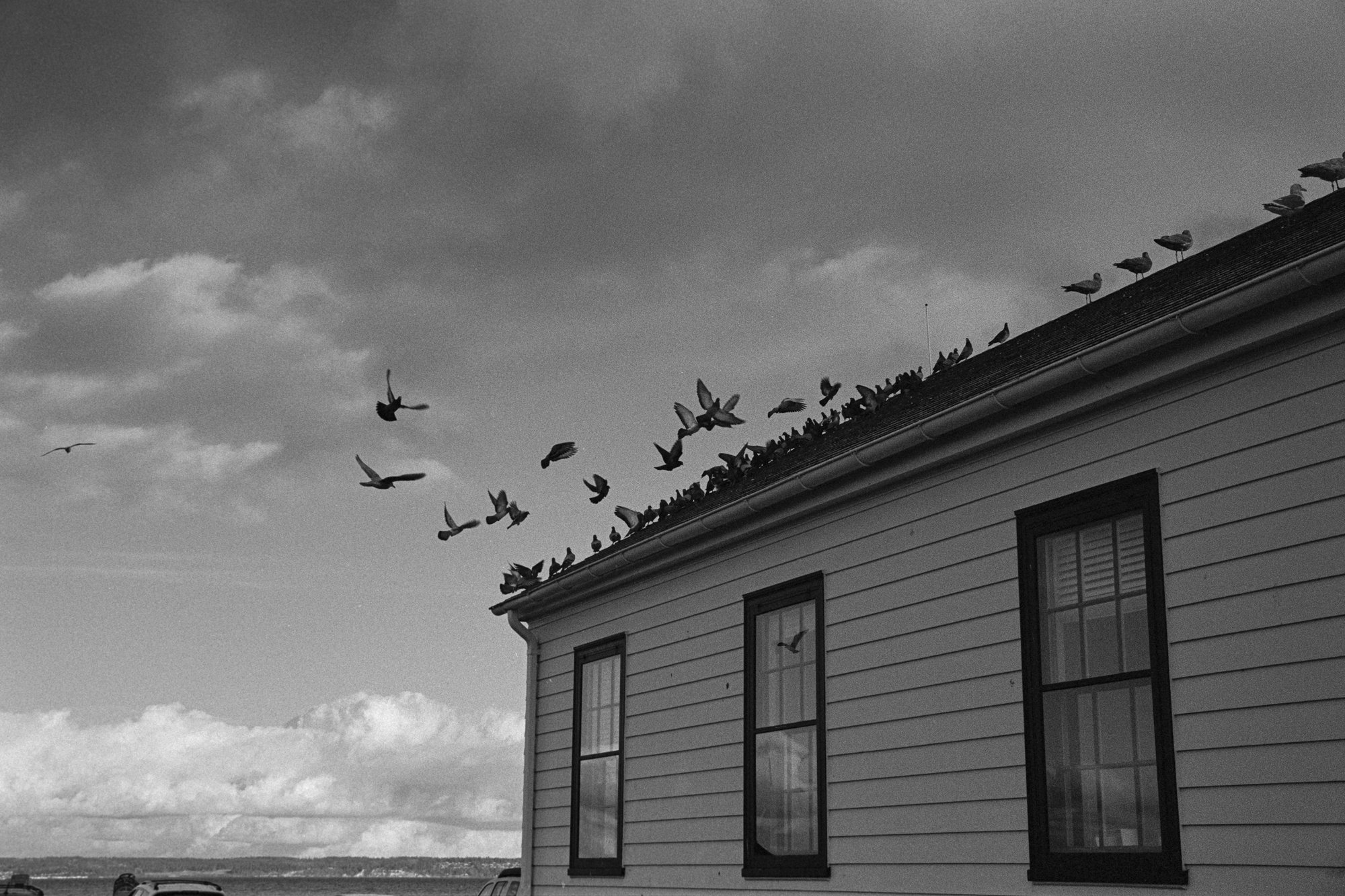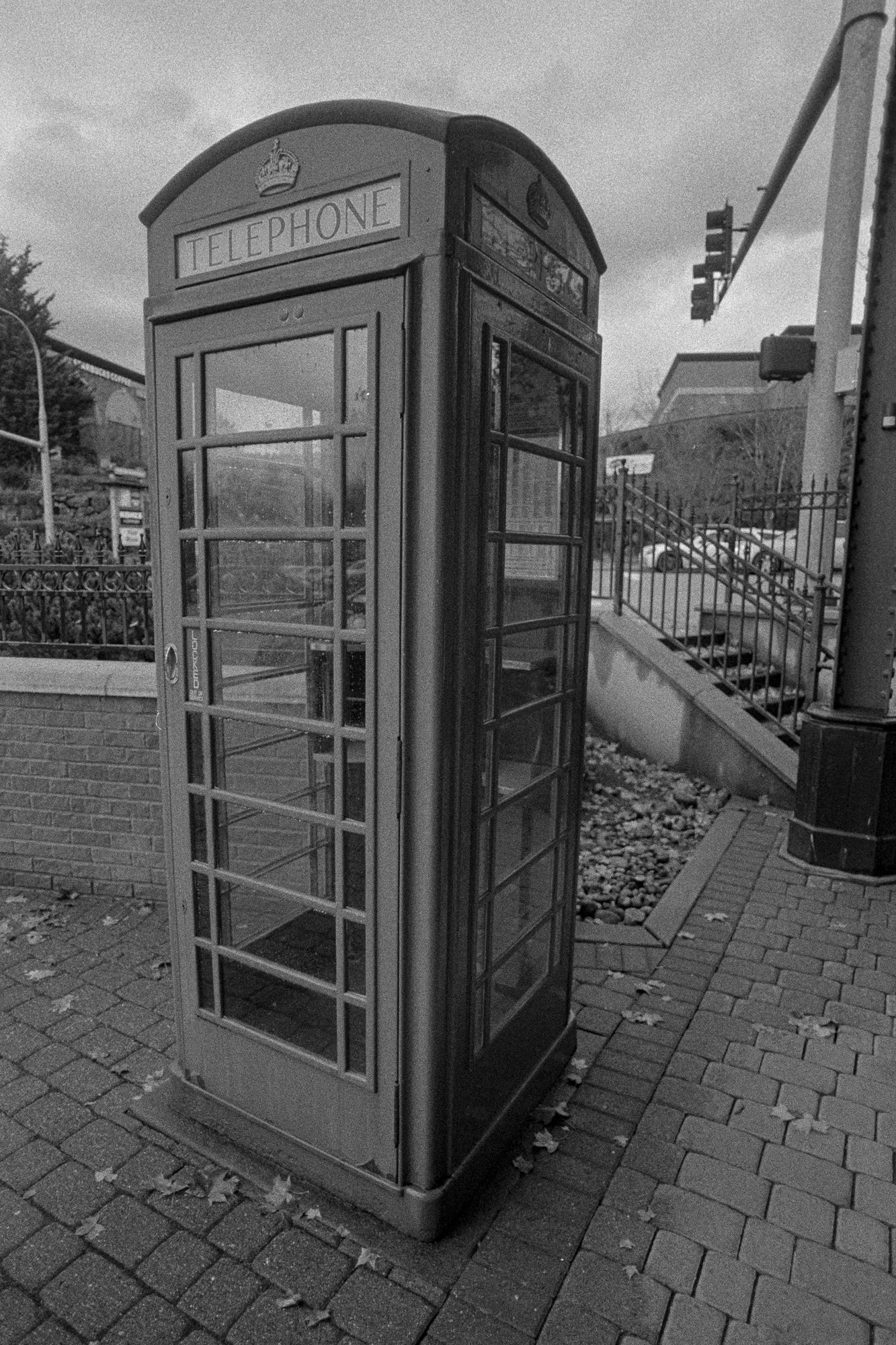Saturday roadtrip to the greener side of the fence.
A tree with no name
Before me there must have been at least other admirers who must have seen this tree, standing at the corner where the road turns into a relatively flat run, after about two thousand feet climb in the last five miles or so. But I have done it many times and even filmed a timelapse sequence at this location many years ago.
It was early in the year, the ground was several inches below a blanket of hardened and yet spongy snow that had accumulated over months. The afternoon sun was low to the horizon and the light reflecting off the snow in the background shone through the branches of the tree hurting my eyes. It was a weekend day but we were far out of reach from the ugly west beyond the mountains. I stood there in absolute silence gazing at the silhouette of the tree and thought about how I could meter this scene right. I had Kodak Tri-X in my Leica M-A: a bare-bones camera that I love the most of all my shooting tools and an orange filter to cut through the blue sky.
It was a bright day: Sunny 16 rule tells me I should set 1/400 sec shutter speed to f/16 aperture, less two stops to compensate the orange filter. But it would have underexposed the tree, the details in the bark. I took a spot meter reading on the main trunk dead center and it read 1/60 seconds at f/16 aperture. Applying zone system math to it, I decided to put the 1/60th sec reading at Zone IV(average dark foliage) and fired the shutter set to 1/125 seconds.
Kodak Tri-X 400, Leica M-A, Voigtlander 50 Nokton f/1, Tiffen Orange 21 filter
Bainbridge to Seattle
A rather warm but windy Spring day ferry ride from Bainbridge to Seattle, shot on Fujifilm X100VI.
Handheld long exposures
Early Spring evening with heavy storm clouds moving across the sky to the west barring any possibility of a grand sunset, and ruins of old boardwalk and pier in the foreground - I wished I had brought my tripod to this day. But wait... this camera I was carrying not only had a built in ND filter but also a rock solid IBIS allowing one to take longer than sub seconds exposures. As someone who grew up taking long exposure photographs at night in the wilderness, shooting handheld was quite the breakthrough in terms of experience.
Mr. Blue Sky
The winter does not give away without a fight. Early Spring storms bring an intriguing mix of storm and sunny weather in the Pacific Northwest, and promises of warmer days ahead.
City of dreams
A strategic guard post to the Puget Sound, an unfulfilled dream about becoming the biggest sea port on the Pacific coast of America.
First day of February
A Saturday afternoon in Kodak TMax 400, shot with Mamiya 645E
Sea stack and sun flare
One would find amazing work in photography and paintings of sunset over Haystack Rock in Canon Beach, Oregon. But what stuck in my mind the most, even before visiting this place the first time two decades ago was monochrome photographs from the turn of the century I found while researching on the history. Now I know this is not the first time anyone has thought and executed this before but by fat the years I have visited and photographed these sea stacks I have never been satisfied with the results until now.
This is not an analog photography propaganda, I am just thrilled that I have created something special.
Twelve frames - Port Townsend
A winter weekend day trip to Port Townsend, Washington: Back to where I had shot some of the first rolls of film.
Kodak 400 TMax through my Leica M-A + Voigtlander Nokton 50/1 + Tiffen Orange 21 filter
A tale of 5 days: Shooting BW film in PNW fall weather
I have never documented the behind the scenes narrative of a full roll of film before so thought I’d give it a try…
November although started off dry has been really wet and stormy over the past two weeks. This is a story of five days spread across the weeks of stormy weather and my attempt at finding new things to shoot.
Day One: Six mile walk
Hugging on the north side of the lake, a ~6 miles walk under moving rain clouds. The first half of the walk was in dry weather but to my surprise, I took more keeper shots in the walk back when it had started raining and presented with limited opportunities to think/compose or even slow down.
Day Two: A coffee shop
Dropped my truck at the shop for oil change, had an hour to kill. We walked around the neighborhood and found a bullet-ridden RV parked in the ditch next to the arterial road where the truck shop is. Yes, I took 2-3 photographs of the seemingly abandoned RV but I didn’t like any of them. Then found a new coffee shop where we sat for the next hour in wait, this red British public call booth was placed outside its entrance.
Day Three: The Puget Sound
November sunsets in Western Washington are before 5 pm and add overcast weather to it, gets dark fairly quickly after 3 pm. This means one could take long exposures early on in the evening, therefore I took the opportunity to take a few photographs of the waves, with a tripod to allow longer exposures.
Day Four: Night Photography
Taking the long exposures fun further, ventured into Anacortes, Washington late night when the streets are free of cars and people.
Day Five: Whidbey Island
For the final images in the roll, we drove out to Whidbey Island. Although the day started with bitter cold and sideway blowing rain in the wind, the weather started to clear out near sunset. It was getting dark fast but I was able to shoot handheld for at least 30 minutes before having the need to pull out the tripod.
Home
There is no place like it
Summer storms and wheat fields
I wanted to photograph the uncut wheat fields of Washington but it was already a bit late in the year. While most of the fields were already harvested a few remained untouched although they were far in between. It was that time of the year when the storm clouds make their way over the Cascades into the high plateau of Eastern Washington. I did not plan for being out there while it was stormy but it turned out to be a memorable day trip.
The Upper Cascades
A familiar route for a sunny Saturday roadtrip…
Every now and then when your life gets complicated and the weasels start closing in, the only real cure is to load up some film in your best camera and shoot like a bastard - a slightly modified quote but relevant to the mood in these photographs.
Eastern Washington in early Fall: From wet mountain slopes to arid canyons
Driving east on Interstate 90 past Snoqualmie Pass brings you to the “other side” of Washington I find relatively prettier than the rainforests and the evergreens to the west. Home is where the heart is but home - western Washington, being more accessible round the year presents less interesting and less exotic subjects to me for creating photographs. The Fall season is about to peak in Washington but the foliage was starting to turn yellow and orange around high elevations, so I embarked on a solo road trip last weekend to capture the early season on film as well as digital photographs.
iPhone 16 Pro Max
Hasselblad X2D
Hasselblad X2D
iPhone 16 Pro Max
iPhone 16 Pro Max
The terrain changes very quickly after driving down the east slopes of the Cascades, from mountain side consisting of densely distributed streams and creeks flanked by perennial trees to gentle hills covered with sagebrush and farm animals. Signs of fall quickly changes to either late summer or early winter, for there is no distinct fall season in these parts.
Kodak Portra 400, Nikon FM3a
iPhone 16 Pro Max
Kodak Portra 400, Nikon FM3a
Kodak Portra 400, Nikon FM3a
Hasselblad X2D
Many hours fast forward - a sunset and a moonless night sky. The wind stopped briefly for the sunset before changing direction and get colder in absence of the sun.
Hasselblad X2D
This was not the first time I have been to these locations and likely not going to be my last trip. With every year adding more photographs of familiar locations the timeline starts to blur and makes it difficult to place a timestamp on a photograph. But there will always be a special place in my heart for these mountains and the wide open land beyond them, not too far from my home.
Winthrop in the dead of the night
Later in the evening after the restaurants and shops have closed, the serene night scenery of a western themed town far east of the Cascade.
East of the Cascades
Tulips
Every year I tell myself to not go back to the tulips farm and every year I go back.
Plants
I love photographing columns of sunlight percolating through thick vegetation and illuminate plants and their characteristics near ground. It reminds me of the very different tropical and sub-tropical forests in the place where I lived twenty years ago.
The first species in kingdom Plantae appeared about 1200 million years ago in water and complex plants appeared just 200 million years afterwards. First members of animal kingdom appeared after another 400 million years down the timeline.
Weekday in Marymoor
Tungsten experiments (feat. CineStill 800T)
Shooting with film at night has never been this much fun.




















































































































































